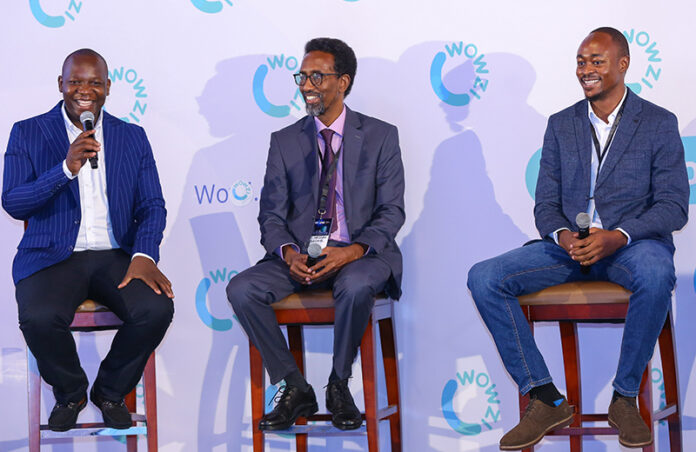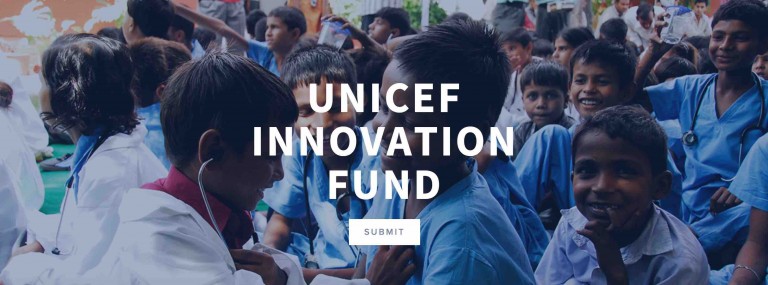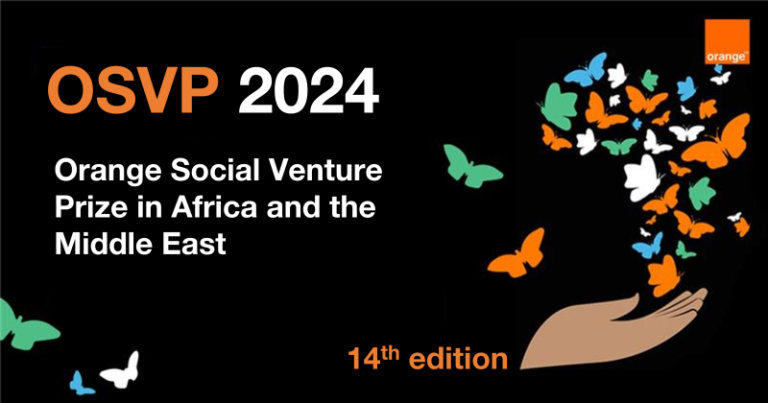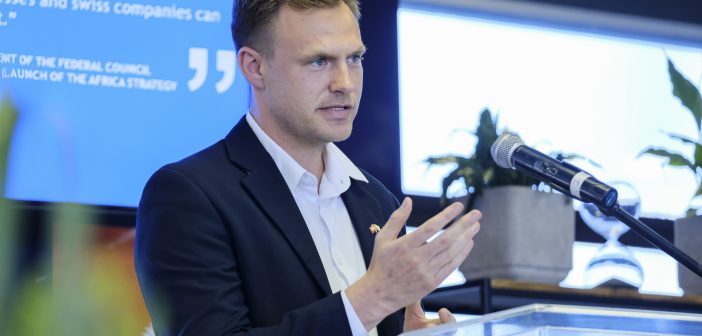Wowzi, Kenyan Tech Startup is Set to Create 1 Million Jobs for African Youth come 2022

Wowzi, a Kenyan tech startup, has announced plans to create one million gig jobs for African youth through its online marketplace by 2022, after successfully delivering over 150,000 paid jobs in 2021.
The company, which makes scalable influencer campaigns available to brands and companies of any size or industry, has announced plans to expand partnerships with local, regional, and multinational FMCG companies, Telcos, Banks, Creative Agencies, and Development Institutions in order to create job opportunities for youth.
Wowzi claims that it will create massive, distributed messaging campaigns for clients by utilizing thousands upon thousands of real, everyday customers and fans who will be paid to offer genuine endorsements online for products they already love.
Every week, the company pays out Ksh5 million ($44,502) to influencers, totaling Ksh260 million ($1.8 million) per year.
Wowzi Co-Founder and CEO Brian Mogeni said on Thursday, during the company’s official launch in the East African market, that companies are increasingly aligning their marketing strategies to tap into micro and nano content creators looking to monetize their social media accounts and develop sustainable income streams outside of traditional or formal employment.
“In African markets, mobile use has become a key driver of commerce, and it is where young people already spend their time.” Youths only need light remote training to master the key principles of sharing brand messages, so anyone with a phone can suddenly influence their peers via social media.
Now that Wowzi has developed the technology platform to efficiently distribute and manage job offers to thousands of youth at a time, brands can engage directly with youth and offer meaningful gig work. Wowzi provides brands with a new layer of advertising that can help them target niche communities.” He stated.
Kenya leads the pack with 11 million social media users, accounting for 20.2 percent of the population, followed by Tanzania with 5.4 million users accounting for 8.9 percent of the population, and Uganda with approximately 3.4 million social media users accounting for 7.3 percent of the population.
“Because emerging markets are low-trust environments, the messenger is critical.” An online endorsement from someone you know goes a lot further than, say, a celebrity endorsement. As a result, nano and micro influencers with smaller, more intimate, and engaged audiences provide more qualified sales leads. And everyone has power,” he added.
“Nano influencers are social media users who have between 250 and 5000 followers.” “The engagement rate on posts by nano-influencers is nearly three times that of celebrity personalities,” he explained.
So far, the firm has signed up 60,000 influencers in the East African Region, primarily through word of mouth, and has run 10,000 campaigns for over 150 clients.
“In September 2021, Safaricom enlisted the help of a small “army” of influencers to create TikTok videos promoting a new product.” With thousands of user-generated posts, the challenge generated 3 million views for the hashtag within seven hours of going live. “Within a week, the hashtag received 8 million views,” he said. “Those are campaign results that would not have been possible if Safaricom had only been able to engage a dozen influencers directly for the same campaign.”
Mogeni announced plans to enter three new markets in the coming month, including Ghana, Nigeria, and South Africa.
Absa Bank Kenya CEO Jeremy Awori, who was the Chief Guest at the launch on Thursday, stated, “Often, when we talk about influencers, we think about the big celebrity names and forget about the local micro-influencers who connect with our audience, especially those outside the cities.” These micro-influencers live among them, speak their language, and share their beliefs, which increases the likelihood of conversion. In order to achieve the growth that we seek through this channel, we must also pursue strategic partnerships between the private and public sectors.”
He further noted the need to achieve a balance between legacy and new media to reach a diverse audience through the media they consume.







